Summer means fun in the sun! Whether it’s hanging by the pool, playing outdoor sports, or spending time at the beach, summer pastimes and sunshine go hand in hand. Sunlight is warming and radiant – who doesn’t love the feel of the sun’s rays on their face? – but it also emits harmful rays that can cause sunburn, premature skin aging, and cancer. One of the easiest ways to protect against exposure is with sunscreen – a product that’s been helping shield our skin since the 1940s.
While everyone is familiar with sunscreen, not everyone uses it or applies it correctly to attain its full benefits. Sunburn, wrinkles, and cancer are not to be taken lightly, so we’re here to provide the ins and outs of sunscreen and offer ways you can stay protected from the sun’s rays while still enjoying the great outdoors.
How did sunscreen come about?
As far back as 3100 B.C., ancient Egyptians began mixing together various plant products to treat sunburns and prevent tanning. They used rice, jasmine, and lupine flower extract to help absorb ultraviolet rays, and found it helped repair and lighten skin. In the 1930s, chemists started experimenting with sun-blocking products. French chemist Eugène Schueller introduced his version of sunscreen in 1936. Franz Greiter, an Austrian chemist and mountain climber, later developed a cream after becoming sunburned climbing a mountain in the Alps and brought it to market in 1946.
But it was American pharmacist Benjamin Greene who helped catapult sunscreen into a household product. The WWII airman tested the use of red veterinary petroleum jelly as a barrier from the sun and eventually supplied it to soldiers. A decade later, as a pharmacist in Miami, Florida, Greene developed a better-smelling, consumer-friendly formula with cocoa butter and coconut oil which he marketed as suntan lotion and sold under his newly founded brand, Coppertone. With its iconic image of a little girl and a dog pulling at her bathing suit bottom, Coppertone took off in the United States and the rest, they say, is history.
Today, consumers can choose from topical lotions, creams, and sprays in a variety of protection levels. With so many choices, let’s break down what works best for your needs.
Choosing a sunscreen: What to look for
Of all the different types of sunlight rays, the most damaging to our skin are called ultraviolet or UV rays. Two types of UV rays reach Earth: UVB and UVA. UVB rays are what cause sunburns and skin cancers, including malignant melanomas, which are the deadly black moles that form on the skin. UVA rays can cause skin cancer, too, but are also responsible for premature aging of the skin. Traditional sunscreen products typically focus on blocking UVB rays, but scientists say there are approximately 500 times more UVA rays in sunlight than UVB rays. For the best overall protection, choose a sunscreen that shields against both UVA and UVB rays, which are classified as “broad spectrum” sunscreens.
Sun protection products are also defined by their SPF rating or Sun Protection Factor. The number tells you how long it takes for UVB rays to get through a sunscreen and cause the skin to go red, compared with the time it takes without sunscreen. For example, if you apply an SPF 30 sunscreen, it will take you 30 times longer to burn in the sun than if you used no sunscreen at all. The percentage of UVB rays that SPF levels block are negligible: SPF 15 blocks 93% of UVB rays, SPF 30 blocks 97%, and SPF 50 blocks 98%.
So what level SPF sunscreen is best for you? The Skin Cancer Foundation recommends that you use an SPF of 15 or higher every day so you are protected from daily, occasional exposure to the outdoors such as walking your dog, driving to work, or running errands. When you plan to spend more time outdoors, they recommend an SPF of 30 or higher. No matter the SPF you use, it’s important to reapply your sunscreen every two hours (and immediately after swimming or sweating) for continual protection. The Skin Cancer Foundation cautions that no sunscreen can completely block UV rays, so be sure to wear protective clothing and take advantage of shaded areas.
Babies under the age of 6 months are the exceptions to these rules because their skin is highly sensitive. Both the Skin Cancer Foundation and the FDA advise that you do not use sunscreen on young ones. Instead, protect them by keeping them under shade structures, cover them in sun-protective clothes, and keep them out of the sun.
You’ve got it made in the shade

Ideal for both residential and commercial use, our 8- to 13-feet wide cantilever umbrellas have a number of convenience features like an easy-to-use crank lift system, 360-degree rotation, and multi-position and infinity tilt capabilities. Each umbrella is made with commercial- or marine-grade fabric that resists UV rays, mildew, and fading and stands up to high winds. Attractive and multifunctional, our cantilever umbrellas put the “ahh” in an “ahh-mazing” outdoor experience!

This summer, stay comfortably protected by using sunscreen regularly and seeking cover from the sun. Large, small, portable, or stationary, Pool Furniture Supply’s expansive catalog of umbrellas and shade structures will have you made in the shade. Want help finding the perfect shade canopy for your needs? Speak to any of our friendly outdoor furniture experts at 1-877-646-6320 and they’ll be happy to guide you.
People also ask, how do you clean sunscreen off of pool furniture? Find out more.




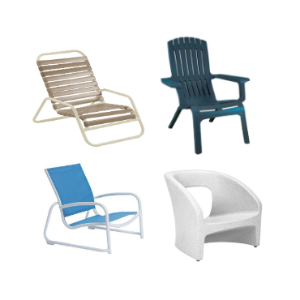
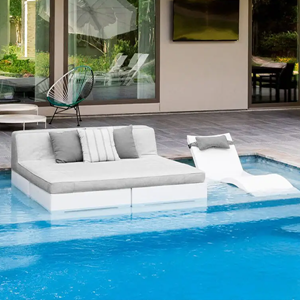
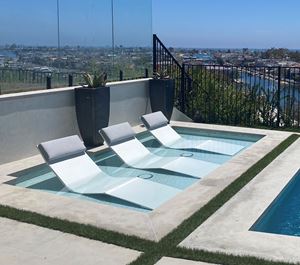
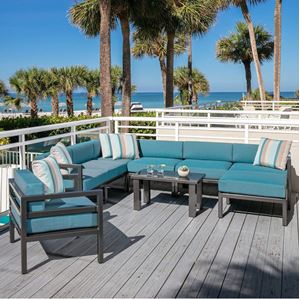

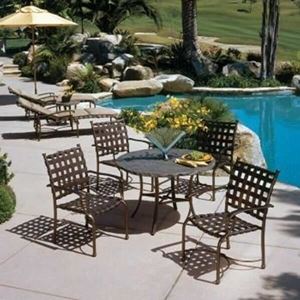

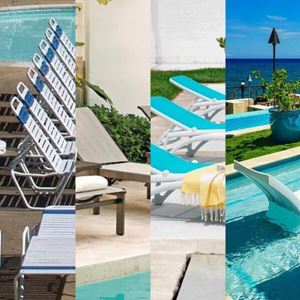
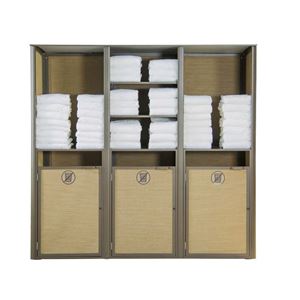

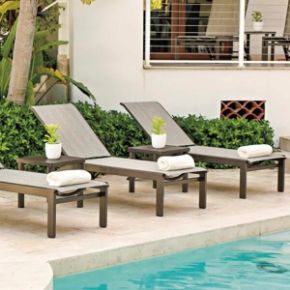

















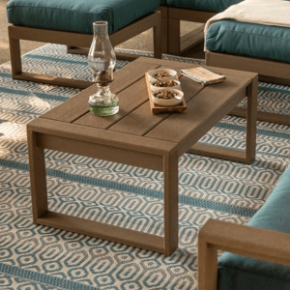












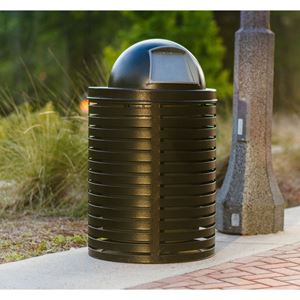





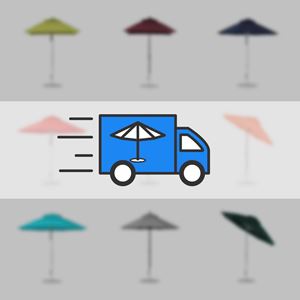

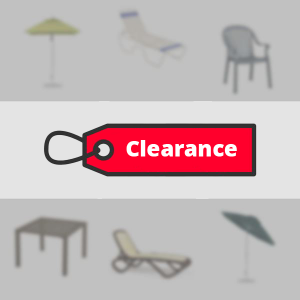
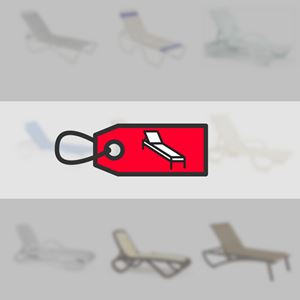





Leave your comment